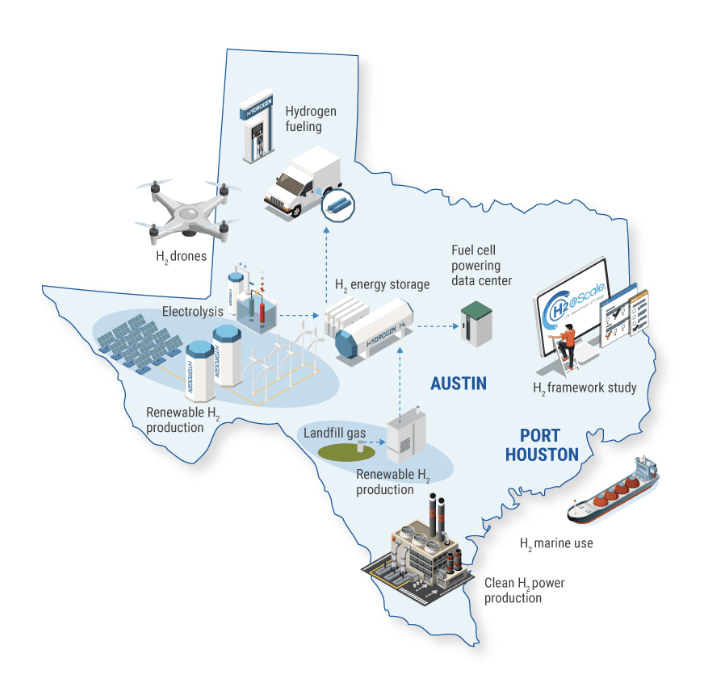
Frontier Energy, GTI Energy, and the Center for Electromechanics at The University of Texas at Austin on April 23 hosted the grand opening of a hydrogen research and demonstration facility.…

Frontier Energy, GTI Energy, and the Center for Electromechanics at The University of Texas at Austin on April 23 hosted the grand opening of a hydrogen research and demonstration facility.…
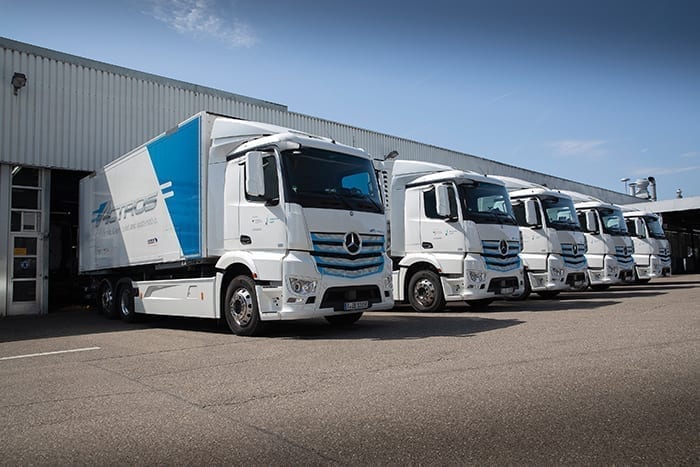
The California Advanced Clean Fleets (ACF) regulation, which began being implemented on Jan. 1, 2024, is designed to complement the Advanced Clean Trucks (ACT) rule, which mandates a significant increase…
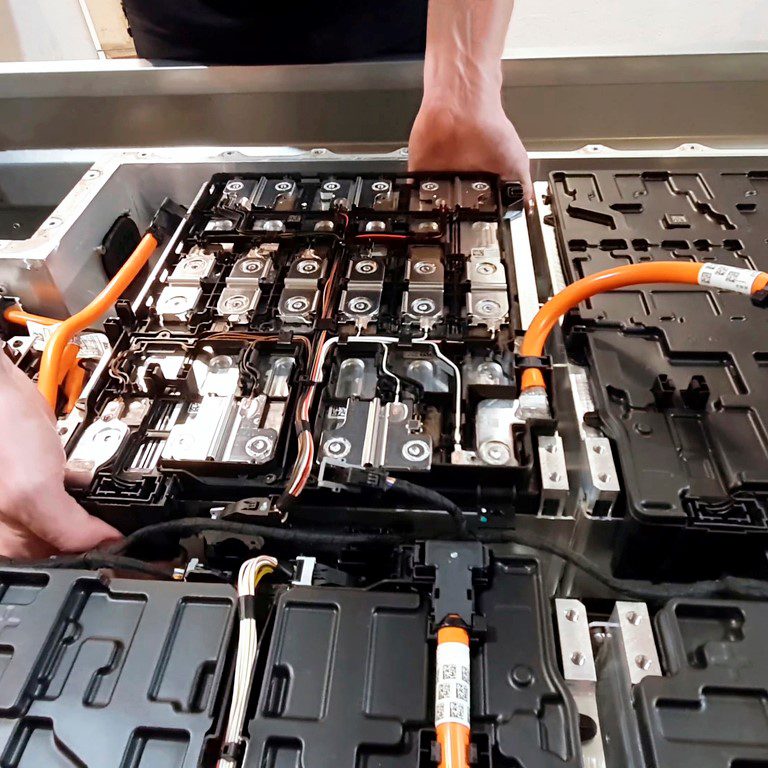
From the beginning of the electrification evolution, the U.S. has struggled to keep up with the Chinese battery giants, and has also fallen behind Europe in some battery production and…
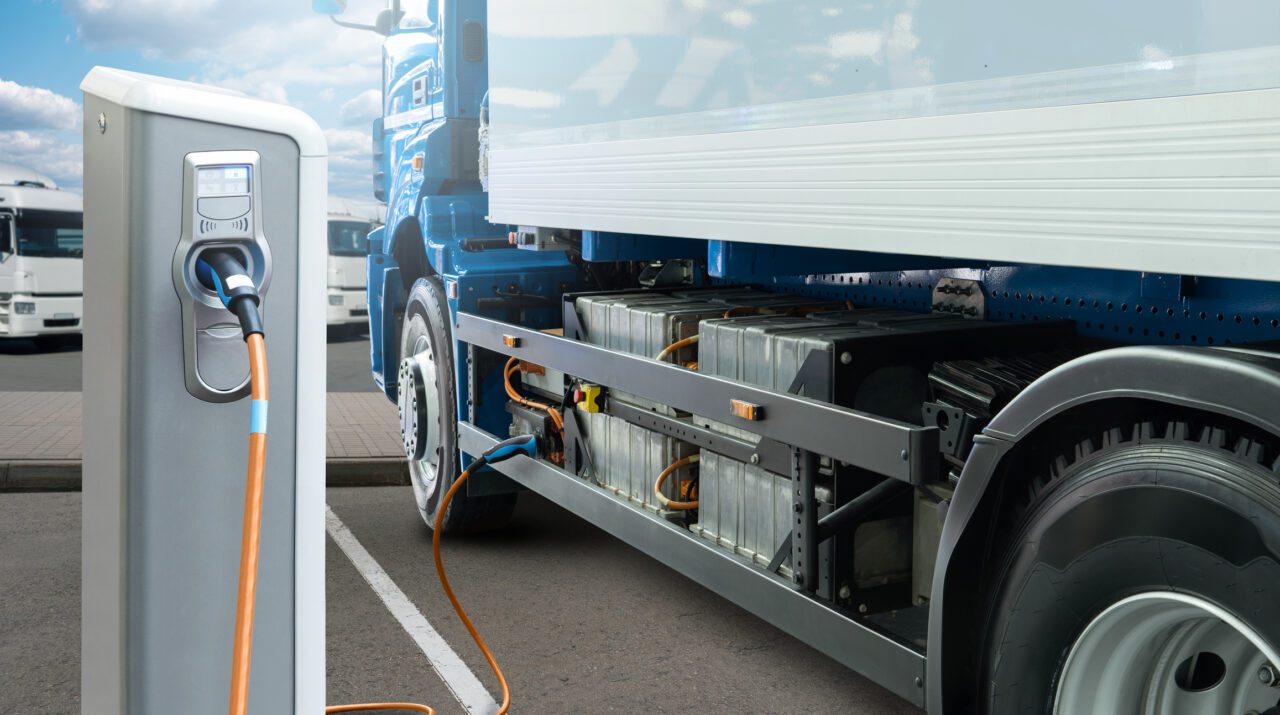
The push for electrification of the transportation sector is being supported by companies making significant investments in charging infrastructure. These groups are taking innovative approaches, including utilizing solar power, to…
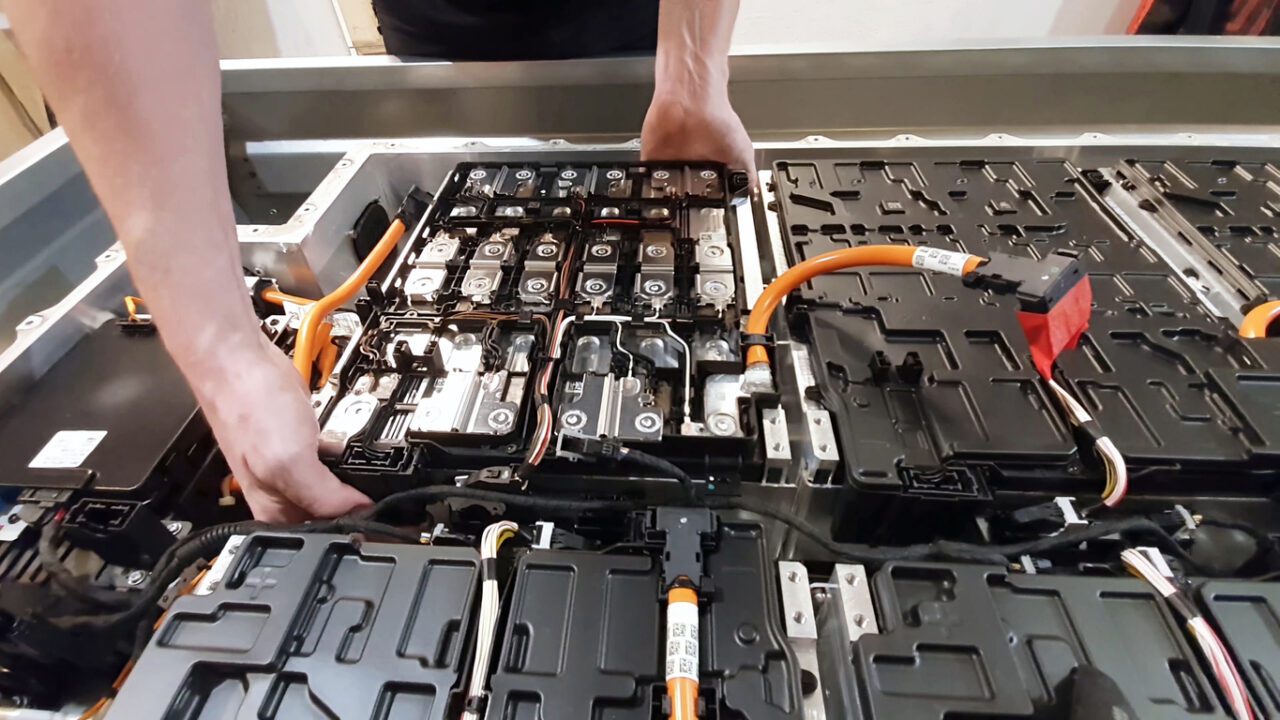
In the midst of the energy transformation taking place around the world, lithium-ion batteries stand as pivotal components for both electric vehicles (EVs) and energy storage systems, demanding momentum in…
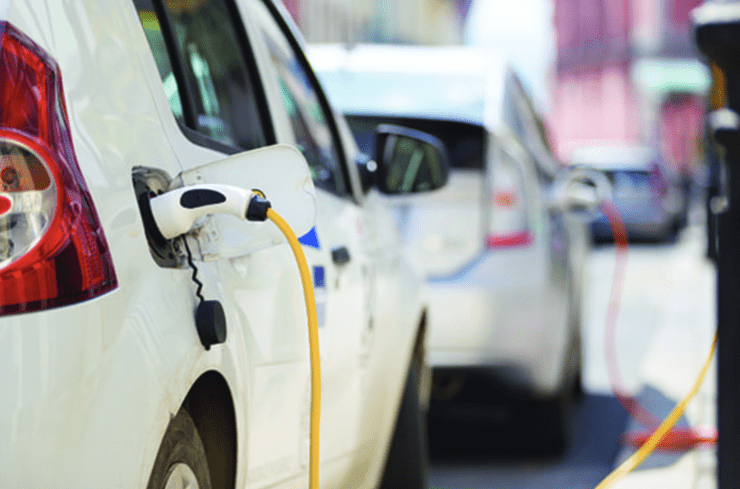
This article provides an update about the National Electric Vehicle Infrastructure Program (NEVI), detailing its progress, challenges and potential future direction. It offers valuable commentary and insights into the evolving…
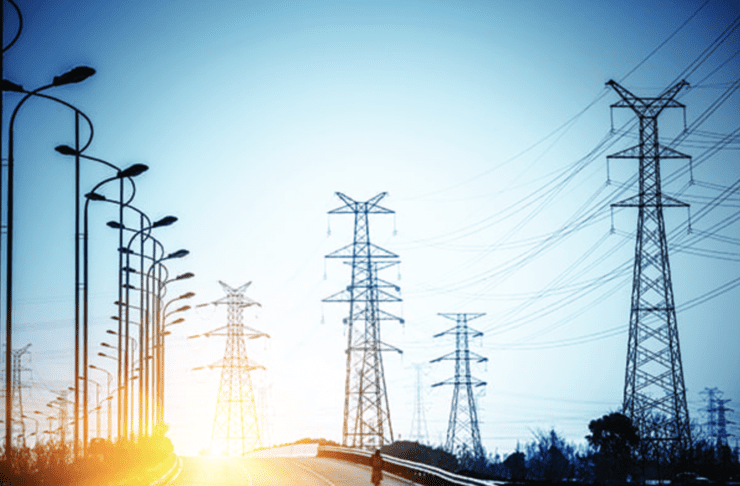
Utilities and other companies in the electric power sector are using data to solve the dilemma of decarbonizing the power grid while also diversifying their generation resources. Utilities and power…

Most countries will not meet zero-goals by 2050 based on current trajectories. It’s an unfortunate situation that needs to be taken seriously. While there are many factors delaying decarbonization efforts,…
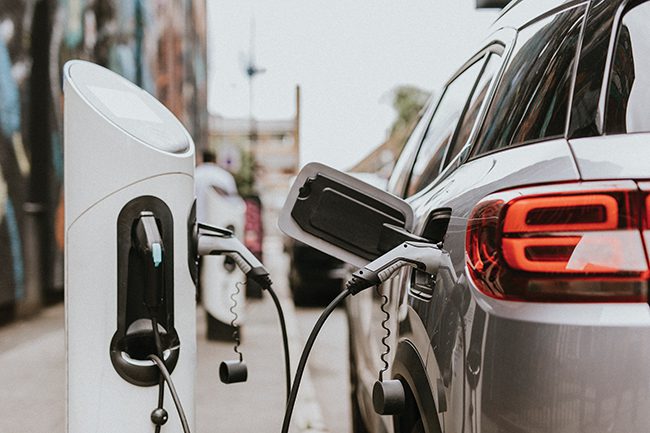
With the transition to electric vehicles, utilities are becoming the new “gasoline wholesalers” as they provide critical fuel for transportation. Understanding their complex energy rate structures could make or break…
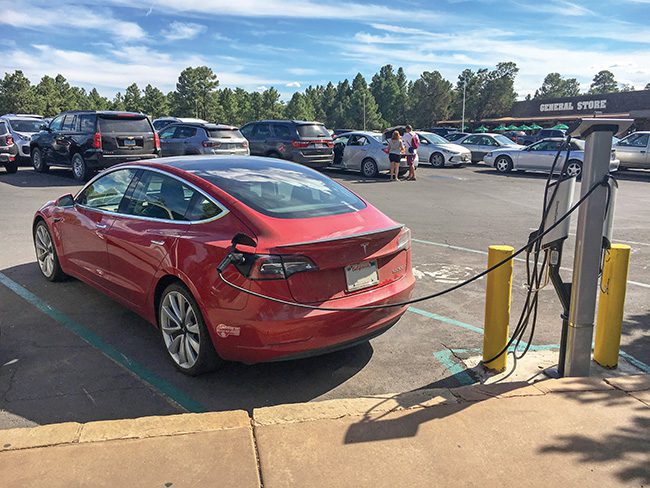
Utilities are just beginning their journeys to speed up deployment of electric vehicle (EV) charging infrastructure in reaction to increasing EV penetration. In the U.S., EV sales have risen nearly…